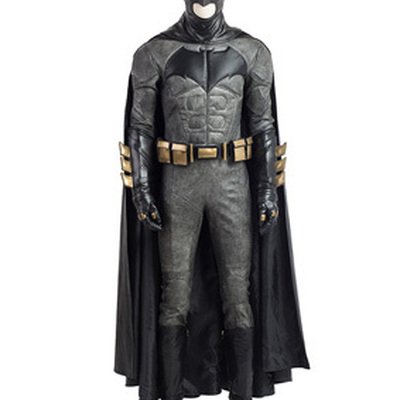Automotive belt is used to transmit synchronous movement
-
March 28, 2017 12:47 AM CDT
Automotive belt is used to transmit synchronous movement from one driven shaft to another.It has the feature of oil and heat resistant,aging-resistant,non-slip,small elongation and long life. TEC Belting uses international recognized raw material formulation to produce belt with outstanding stability. All Standard A Rubber Timing Belt meet or exceed OEM specifications.
CR timing belt has good aging resistance and good chemical stability, thus are widely applied to automotive transmission belts, especially those of small displacement cars.
Not all cars have a timing belt - many newer cars use a timing chain instead of a belt. A timing beltwears out over time and needs to be replaced at a certain mileage. Atiming chain can last as long as the engine itself and doesn't need to be replaced unless there is a problem with it.
Timing belts (also known as toothed, notch, cog, or synchronous belts) are a positive transfer belt and can track relative movement. These belts have teeth that fit into a matching toothed pulley. When correctly tensioned, they have no slippage, run at constant speed, and are often used to transfer direct motion for indexing or timing purposes (hence their name). They are often used in lieu of chains or gears, so there is less noise and a lubrication bath is not necessary. Camshafts of automobiles, miniature timing systems, and stepper motors often utilize these belts. Timing belts need the least tension of all belts, and are among the most efficient. They can bear up to 200 hp (150 kW) at speeds of 16,000 ft/min (4,900 m/min).
Timing belts with a helical offset tooth design are available. The helical offset tooth design forms a chevron pattern and causes the teeth to engage progressively. The chevron pattern design is self-aligning and does not make the noise that some timing belts make at certain speeds, and is more efficient at transferring power (up to 98%).
Disadvantages include a relatively high purchase cost, the need for specially fabricated toothed pulleys, less protection from overloading, jamming, and vibration due to their continuous tension cords, the lack of clutch action (only possible with friction-drive belts), and the fixed lengths which do not allow length adjustment (unlike link PK Belt or chains).














Share this page with your family and friends.